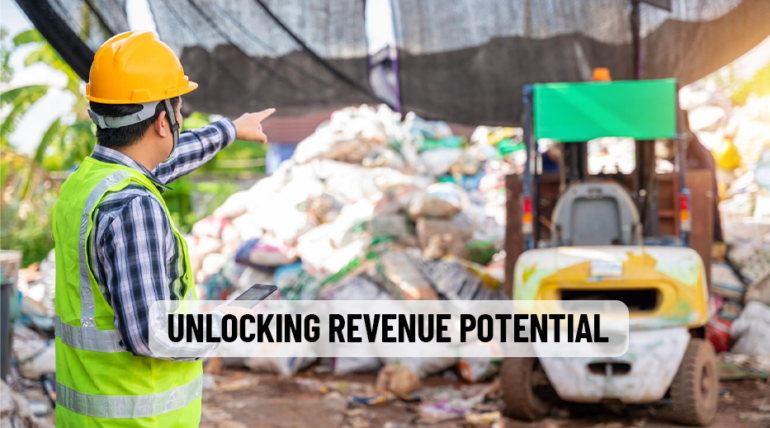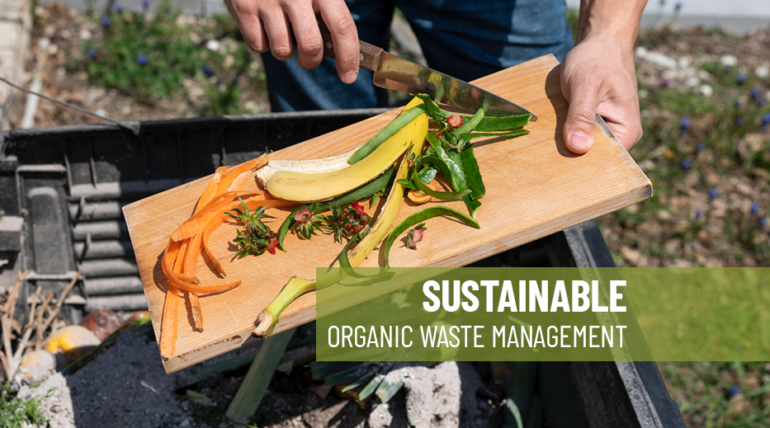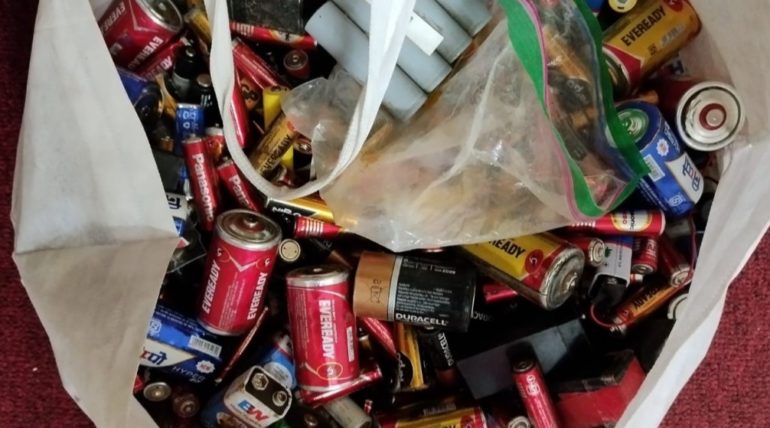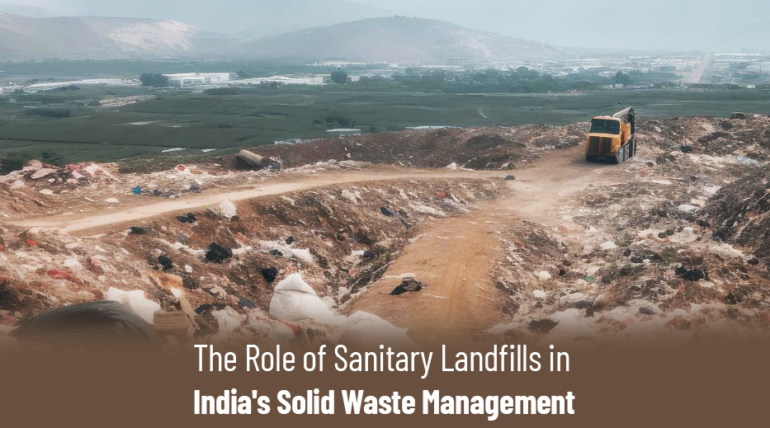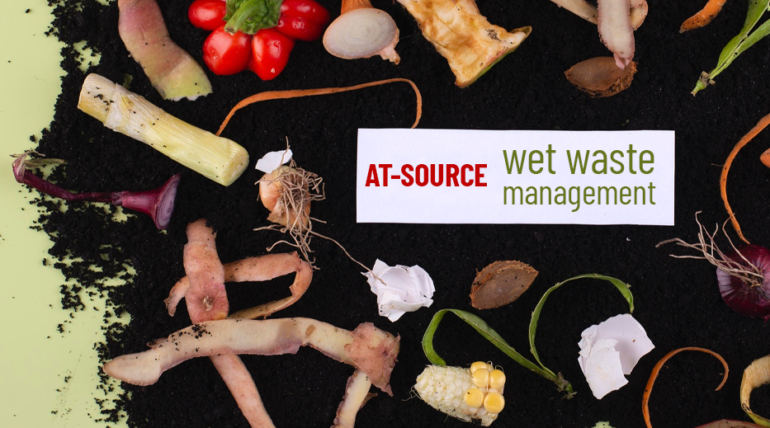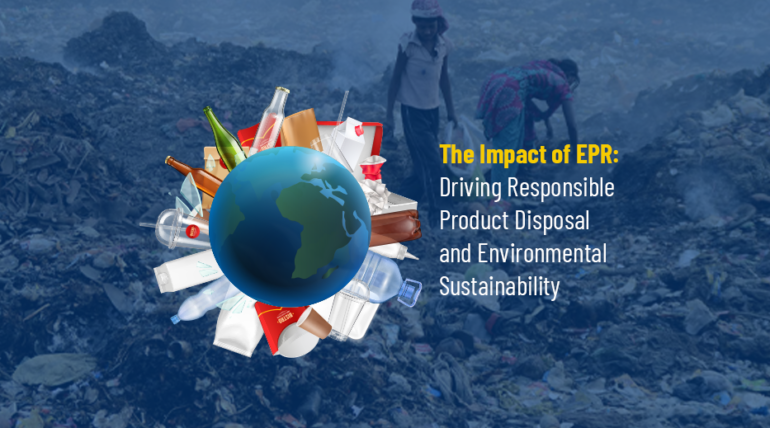Solid Waste Management Rules in Maharashtra
Understanding MoEF&CC’s SWM Rules Implemented in Maharashtra by Citizens, Communities, and Corporates for Participating Towards a Sustainable Future
In Maharashtra, India, solid waste management has emerged as a critical concern due to rapid urbanization and industrialization the state has experienced. To combat the escalating challenges posed by improper waste disposal, the Maharashtra government is ardently striving to incorporate the stringent solid waste management rules and regulations that the MoEF&CC has prepared for citizens, communities, and corporates.
These solid waste management rules are designed by the Ministry of Environment, Forest and Climate Change (MoEF&CC) to create a comprehensive framework that promotes responsible waste management, minimizes environmental impact, and supports the sustainable development of the state.
Rather than increasing the complexity of this article with technical and jargon-heavy language, we have instead focused on simplifying the rules and regulations. We hope with these bite-sized simplifications, it will be easier for you to understand, digest, and implement these rules and regulations in your own capacity. Towards this end, we have also included some links to the web presence of the concerned authorities.
Solid Waste Management Rules for Citizens:
Citizens are integral stakeholders in the endeavor to establish an effective solid waste management system. Maharashtra will benefit tremendously by continuing to practice the following waste management rules for citizens:
Segregation at Source
Citizens are legally obligated to segregate their waste at the point of generation into distinct categories: wet waste (biodegradable), dry waste (recyclables), sanitary waste, and hazardous waste. This practice simplifies subsequent collection and processing activities.
Use of Bin System
The use of color-coded bins is mandated for waste segregation. Green bins are designated for wet waste, blue for solid/dry waste, red for sanitary waste, and grey/black for hazardous waste. This visually assists waste collectors in accurately sorting and processing waste.
Composting
Maharashtra’s SWM strategy includes strictly following the rules set by the MoEF&CC that emphasize the promotion of home composting initiatives for organic waste. It’s mandatory for bulk waste generators who produce more than 100kg/day of waste to process their own wet waste. Also, now it’s mandatory for bulk waste generators to provide sufficient space and infrastructure for wet waste management. This not only reduces the burden on landfills but also produces nutrient-rich compost for enhancing soil fertility. Some cities provide tax rebates for individuals/societies/institutes who are managing their own wet waste.
Reducing Single-Use Plastics
Citizens are expected to participate in the state’s campaign against single-use plastics. This involves minimizing the usage of plastic bags, cups, and containers, and transitioning to eco-friendly alternatives.
| PWM Rule, 2016 | Amendment 2021 | Amendment 2022 |
| 50 microns | 75 microns | 120 microns |
Condition for a plastic ban based on the thickness of plastic.
Awareness and Education
The government, in collaboration with local NGOs and active citizen groups, conducts regular awareness campaigns and workshops to educate citizens about the significance of waste segregation, recycling, and proper waste disposal techniques.
Solid Waste Management Rules for Communities:
Communities, encompassing residential complexes, neighborhoods, and local organizations, are vital in ensuring the success of waste management initiatives.
Community Composting
The regulations encourage communities to establish on-site composting units. These units can utilize techniques like aerobic composting, vermicomposting, or bio-gas generation to process organic waste collectively.
Recycling Drives
Communities are encouraged to organize periodic recycling drives to gather recyclable materials. These materials are then directed to authorized recycling facilities, reducing the strain on natural resources.
Collaboration with Municipalities
Communities are expected to collaborate closely with local municipal bodies to ensure efficient waste collection and disposal services. Feedback mechanisms help address any waste management challenges promptly.
Public Facilities
Adequate waste disposal facilities, including bins and waste collection points, should be strategically placed in public areas, parks, markets, and other gathering spaces to discourage littering and promote responsible waste disposal.
Solid Waste Management Rules for Corporates:
Corporates and industries are pivotal in managing solid waste generated from their operations and products. Maharashtra’s solid waste management rules for corporates encompass the following aspects:
Extended Producer Responsibility (EPR)
Corporates are legally mandated to adopt the EPR principle, necessitating them to manage the end-of-life disposal of the products they introduce into the market. This includes establishing collection, recycling, or disposal mechanisms for their products’ waste.
Waste Audits
Regular waste audits are a crucial element of the corporate waste management framework. These audits help identify waste generation patterns, areas for waste reduction, and opportunities for recycling and reusing materials.
Hazardous Waste Management
Industries that produce hazardous waste must strictly adhere to guidelines set by the Maharashtra Pollution Control Board (MPCB). This includes obtaining necessary permits, adhering to safe storage and transportation practices, and ensuring proper disposal of hazardous waste.
Promoting Sustainable Practices
Corporates are encouraged to adopt sustainable practices within their operations. These practices encompass minimizing packaging waste, promoting paperless office environments, sourcing materials responsibly, and implementing energy-efficient processes.
Conclusion
The solid waste management rules established by the MoEF&CC underscore the conutry’s commitment to address the pressing issues of waste accumulation and environmental degradation. Citizens, communities, and corporates of Maharashtra all have pivotal roles to play in the successful implementation of these rules. By adhering to these regulations, Maharashtra can pave the way for a cleaner, healthier, and more sustainable future.
For more GRs, rules, and resource links, check out our Policy Guidelines repository.

